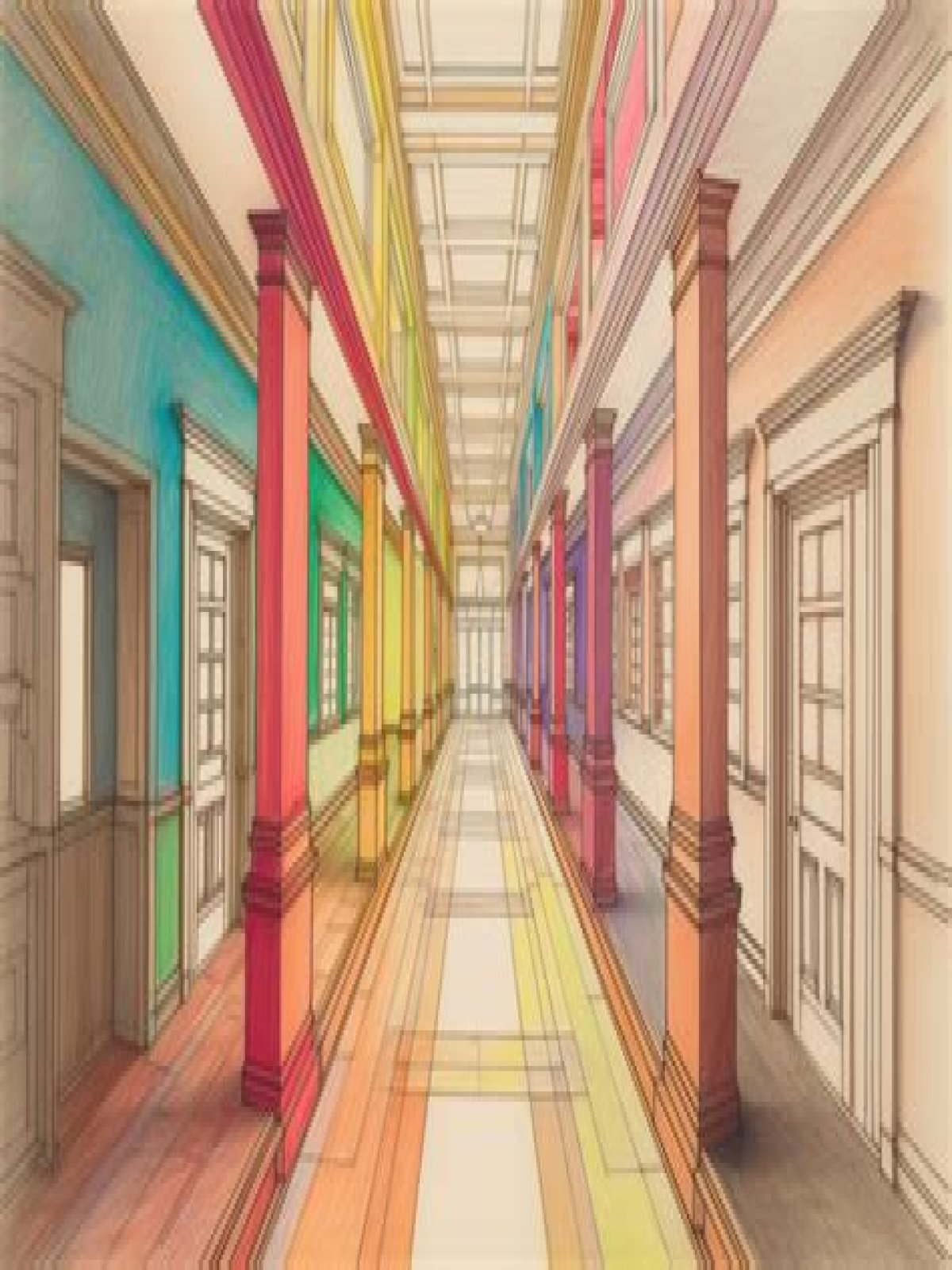FAQ: How is linear perspective used?
Linear perspective is a technique used by artists to create the illusion of depth and space using relative size and position of a group of objects.
- What is an example of the use of linear perspective?
- How is perspective used in art?
- Why is linear perspective important in art?
- How was linear perspective first used?
- How can linear perspective help you drive?
- Why is linear perspective important?
- How do you do linear perspective?
- What is perspective used for?
- How does linear perspective create the illusion of depth?
- What did linear perspective help most artists accomplish?
- What are the effects of linear perspective that are important in drawing?
- What is the effect of linear perspective?
- Is linear perspective a binocular cue?
- How would you best describe perspective drawing?
- How does the use of perspective affect the appearance of individuals in Renaissance paintings?
What is an example of the use of linear perspective?
Linear perspective allows artists to give the impression of depth by the property of parallel lines converging in the distance at infinity. An example of this would be standing on a straight road, looking down the road, and noticing the road narrows as it goes off in the distance.
How is perspective used in art?
Perspective in art usually refers to the representation of three-dimensional objects or spaces in two dimensional artworks. Artists use perspective techniques to create a realistic impression of depth, ‘play with’ perspective to present dramatic or disorientating images.
Why is linear perspective important in art?
Linear perspective organizes the painting, makes it seem like it’s happening in a real space and also directs your eye to the most important part of the scene.
How was linear perspective first used?
The first known picture to make use of linear perspective was created by the Florentine architect Fillipo Brunelleshi (1377-1446). Painted in 1415, it depicted the Baptistery in Florence from the front gate of the unfinished cathedral.
How can linear perspective help you drive?
Linear perspective. Linear perspective operates on the basis that parallel lines converge to a vanishing point. For example, it becomes apparent that a road into the image looks like the edges of the road are getting closer together.
Why is linear perspective important?
Linear perspective is a mathematical system used to create the illusion of space and distance on a flat surface. From this point it is necessary to draw the so-called “visual rays” that connect the viewer’s eye with the point in the distance.
How do you do linear perspective?
To create effective linear perspective, artists establish a horizon line, a vanishing point on that line, and multiple orthogonal, or vanishing, lines. The horizon line is a horizontal line that runs across the paper or canvas to represent the viewer’s eye level and delineate where the sky meets the ground.
What is perspective used for?
Perspective is used to represent the ways objects appear smaller as they move farther into the distance. It adds depth and dimension to flat images. In art, there are three types of perspective: one-point, two-point, and three-point.
How does linear perspective create the illusion of depth?
Linear perspective is a drawing technique that gives the illusion of depth. In other words, it tricks the eye into believing that the picture in front of it is actually 3D, not 2D. Objects that are farther away from us appear smaller, so we draw them smaller to create that illusion of space and distance.
What did linear perspective help most artists accomplish?
Linear perspective uses principles of math to realistically portray space and depth in art. Renaissance artists were largely concerned with painting realistic scenes, and linear perspective gave them a reliable method to accomplish this realism, which helped make their paintings all the more captivating!
What are the effects of linear perspective that are important in drawing?
The most characteristic features of linear perspective are that objects appear smaller as their distance from the observer increases, and that they are subject to foreshortening, meaning that an object’s dimensions along the line of sight appear shorter than its dimensions across the line of sight.
What is the effect of linear perspective?
The most characteristic features of linear perspective are that objects appear smaller as their distance from the observer increases, and that they are subject to foreshortening, meaning that an object’s dimensions along the line of sight appear shorter than its dimensions across the line of sight.
Is linear perspective a binocular cue?
Linear perspective is a monocular cue that allows us to perceive the depth and distance of an object. This is in contrast to binocular cues that require the use of both eyes to perceive distance and depth.
How would you best describe perspective drawing?
Perspective drawing is a technique to create the linear illusion of depth. As objects get further away from the viewer they appear to decrease in size at a constant rate. The box in the sketch below appears solid and three dimensional due to the use of perspective.
How does the use of perspective affect the appearance of individuals in Renaissance paintings?
How does the use of perspective affect the appearance of individuals in Renaissance paintings? They appear to be flat. They appear to be larger.
